Environmental, economic and quality assessment of hybrid solar-electric drying of black soldier fly (Hermetia illucens) larvae

Authors:
The exploration of insects as a sustainable protein source is gaining interest as an alternative solution to ensure food security and meet the increasing global food demand. Black Soldier Fly (Hermetia illucens) Larvae (BSFL) present a natural and sustainable protein source for both feed and food applications. In the process of incorporating them into feed and food products, larvae typically undergo a drying stage as the initial step. This research aims to delve into the Hybrid Solar-Electrical Drying (HSED) of BSFL at four different temperatures: 40, 50, 60, and 70 °C. The energy payback time for the dryer is determined to be 1.57 ± 0.09 years, with CO2 emissions measuring 72.58 ± 2.90 kg CO2/year and a net CO2 mitigation of 57.19 ± 2.35 tons over its lifespan, highlighting its environmentally friendly nature. The proposed HSED system exhibits a remarkably short payback period of only 0.71 years. Furthermore, the dryer has the potential to save up to 1496.04 USD annually, emphasizing its economic efficiency and financial benefits. The larvae dried using the HSED have a protein content ranging from 38.14 ± 0.28% to 42.33 ± 0.12% exceeding the minimum requirement of 34% set by leading companies in the insect production market. This makes them highly competitive in the market. Furthermore, the dried larvae produced with this hybrid dryer exhibit superior quality compared to conventional drying methods, specifically in terms of protein content, with a margin of 7.08%.
